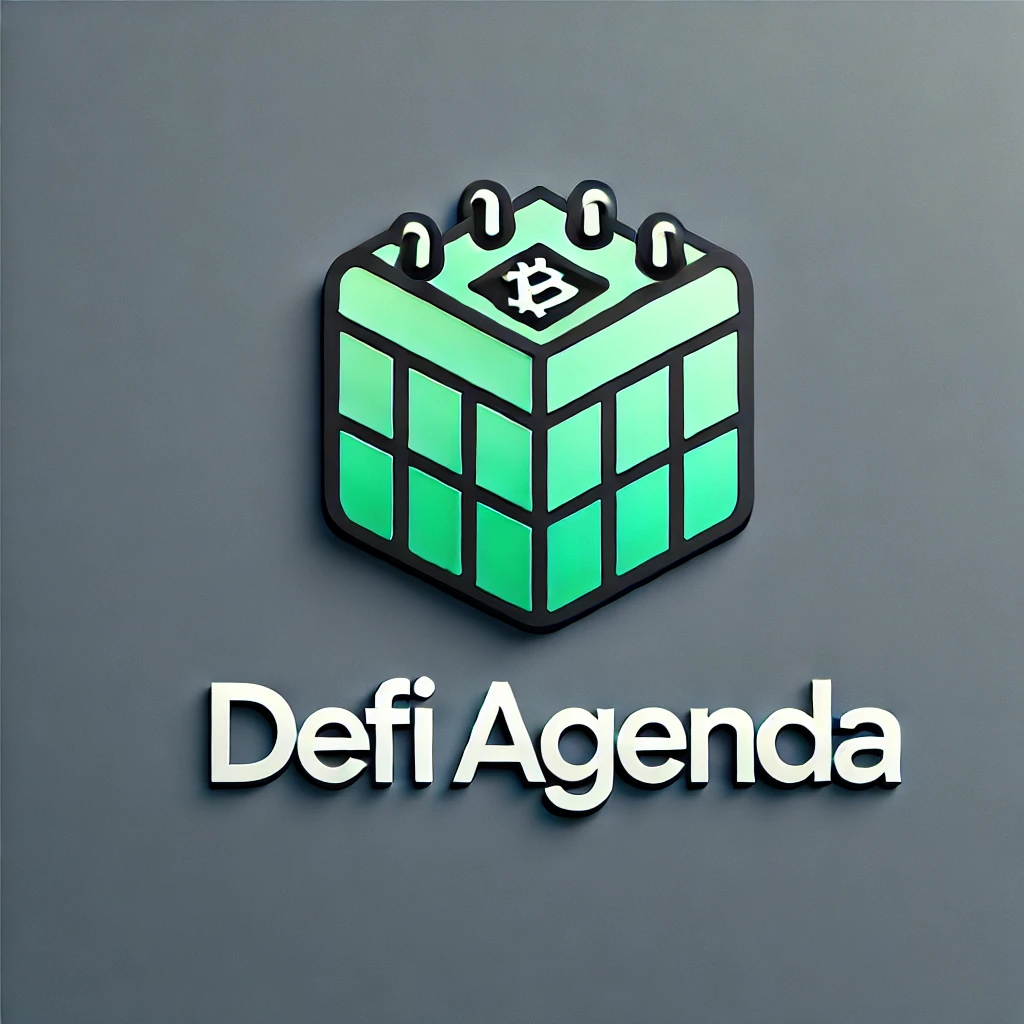Have you ever wondered how you can make your digital assets work for you? The world of decentralized finance (DeFi) is full of innovative opportunities that can allow you to be more than just a passive holder of cryptocurrency. Two of the most popular strategies in this realm are staking and yield farming. Both methods have gained considerable traction, and understanding how they work can significantly benefit your financial journey in crypto.
What Is DeFi?
Before diving into staking and yield farming, it’s essential to understand what DeFi is. Decentralized finance refers to the ecosystem of financial applications built on blockchain technology, primarily Ethereum. Unlike traditional financial systems, DeFi operates without intermediaries like banks, allowing users to engage in financial transactions peer-to-peer.
This revolutionary approach provides a level of transparency and inclusivity that traditional finance often lacks. It offers various financial services such as lending, borrowing, trading, and, of course, staking and yield farming.
What Is Staking?
Understanding Staking
Staking is the process of actively participating in network operations for a proof-of-stake (PoS) blockchain. By participating in staking, you lock up your cryptocurrency in a wallet to support the security and operations of the network. In return, you earn rewards, typically in the form of additional coins or tokens.
How Does Staking Work?
When you stake your assets, you’re essentially increasing the security of the blockchain. Your stake is used to validate transactions and maintain the integrity of the network. The more coins you stake, the higher the chances are that you will be selected to validate transactions, thus increasing your potential rewards.
The operations of a PoS blockchain use a mechanism called slashing, which discourages malicious activities. If you attempt to cheat or validate false transactions, you risk losing some or all of your staked assets. Understanding this risk is vital to informed participation in staking.
Benefits of Staking
Staking comes with several benefits that make it an attractive option for crypto holders:
- Passive Income: By staking your coins, you can earn rewards without actively trading or investing in more assets.
- Support for Network Security: Your participation helps to secure the network, contributing to the overall health and reliability of the blockchain.
- Lower Energy Consumption: Compared to traditional mining, staking is much more energy-efficient, making it a more sustainable approach.
What Is Yield Farming?
Understanding Yield Farming
Yield farming is another enticing method within DeFi that enables you to earn returns on your crypto assets by providing liquidity to decentralized finance protocols. It involves lending or staking your cryptocurrencies to earn rewards, often in the form of interest or additional tokens.
How Does Yield Farming Work?
Yield farming operates through various decentralized applications (dApps) that allow you to provide liquidity in exchange for interest. When you deposit your crypto into a liquidity pool, you’re contributing to the overall liquidity of the market. This is crucial because it ensures that users can buy and sell without significant price slippage.
Liquidity providers typically earn fees generated from the trading activity within the pool. Moreover, many yield farming platforms reward you with governance tokens for participating, which often have value themselves.
Benefits of Yield Farming
Yield farming offers quite a few benefits that attract investors:
- High Returns: Yield farming can yield significantly higher returns compared to traditional savings accounts or even staking.
- Diverse Opportunities: With a plethora of tokens and platforms, you can choose where and how to allocate your assets based on your risk tolerance and expected returns.
- Control Over Assets: You maintain control over your tokens while they are on yield farming platforms, unlike traditional financial systems that might require a more hands-off approach.
Differences Between Staking and Yield Farming
The Core Differences
While staking and yield farming might seem similar, they serve different purposes and come with unique mechanics. Here’s a breakdown:
| Feature | Staking | Yield Farming |
|---|---|---|
| Primary Purpose | Securing the network and earning rewards | Providing liquidity and earning interest |
| Risks | Slashing and market volatility | Impermanent loss and smart contract vulnerabilities |
| Typical Returns | Relatively stable, fixed rewards | Variable returns based on market conditions |
| Commitment | Often requires locking assets for a specified time | Generally more flexible, with options to withdraw at any time |
Which One Should You Choose?
Deciding whether to stake or yield farm depends on your investment goals, risk tolerance, and the assets you hold. If you prioritize a more stable investment with lower risk, staking might be the better option. On the other hand, if you’re chasing higher returns and are comfortable with the associated risks, yield farming could be a suitable choice.
How to Get Started with Staking
Choosing the Right Cryptocurrency
Before you start staking, you’ll need to choose a suitable cryptocurrency. Not all cryptocurrencies support staking, so it’s essential to do your research. Examples of popular staking assets include Cardano, Tezos, and Ethereum 2.0.
Setting Up a Wallet
Next, you’ll need a wallet that supports staking. There are various options available, including hardware wallets, software wallets, and web wallets. Ensure that your chosen wallet has staking capabilities and provides adequate security for your assets.
Selecting a Staking Pool
If you’re not planning to run your own validator node, joining a staking pool is a practical way to participate and still earn rewards. A staking pool combines the stakes of multiple users, increasing the chances of validating blocks. When rewards are generated, they’re distributed among pool participants based on their contributions.
Making Your First Stake
Once you have everything set up, you can start staking! Transfer your cryptocurrency to your wallet, select your preferred staking method (solo or pooled), and then follow the instructions provided by your wallet or staking platform. Keep an eye on the rewards you’ll earn, and remember to monitor your staked assets periodically.
How to Get Started with Yield Farming
Selecting a DeFi Platform
Choosing the right DeFi platform is crucial for yield farming. Popular options include Uniswap, Aave, and Compound. Research each platform’s features, security measures, and liquidity options to find one that meets your needs.
Understanding Liquidity Pools
Once you’ve selected a platform, you’ll need to familiarize yourself with its liquidity pools. These pools allow you to deposit your assets to provide liquidity for trading pairs. Understanding the specifics of each pool, including the assets involved and the associated risks, will help you make informed decisions.
Adding Liquidity
To get started with yield farming, you’ll typically need to provide liquidity in a specific trading pair, usually involving two assets. For example, if you want to provide liquidity for an ETH/DAI pool, you’ll need to deposit an equal value of both assets. Once you’ve added liquidity, you’ll typically receive liquidity pool (LP) tokens in return.
Earning Rewards and Managing Risks
As your assets sit in the pool, you’re likely to earn rewards which could consist of trading fees and token incentives. However, be mindful of the risks involved, such as impermanent loss, which occurs when the price of the assets in the pool changes relative to each other.

This image is property of pixabay.com.
Risks Involved in Staking and Yield Farming
Understanding the risks associated with both staking and yield farming is essential for everyone looking to participate. Here’s a rundown of the main risks you should consider:
Volatility
Cryptocurrency markets are notoriously volatile. The value of your staked assets or liquidity pool tokens can fluctuate dramatically, affecting your overall returns.
Smart Contract Vulnerabilities
Both staking and yield farming often rely on smart contracts, which can be susceptible to bugs or exploits. It’s vital to engage with reputable platforms that conduct thorough audits and have a good track record.
Impermanent Loss
In yield farming, impermanent loss can be a significant risk when providing liquidity. This occurs when the value of your staked assets diverges in price, leading to potential losses compared to simply holding the assets.
Slashing in Staking
Staking does come with a risk known as slashing, which penalizes validators for malicious activities or failures. Being a part of a good staking pool can help mitigate this risk, but it’s crucial to choose wisely.
Tips for Successful Staking and Yield Farming
Research Thoroughly
Before diving into staking or yield farming, take the time to thoroughly research the assets, platforms, and potential rewards. Knowledge is power, especially in the rapidly evolving world of DeFi.
Diversify
Just as you would in traditional investing, diversifying your assets can help spread out risks. Consider engaging in both staking and yield farming across different cryptocurrencies and platforms.
Monitor Your Investments
Keep an eye on your investments regularly. Market conditions can change quickly, and staying informed allows you to adapt to those changes and make better decisions regarding your staked assets or LP tokens.
Engage with the Community
DeFi communities are incredibly active on social media and forums. Participating in discussions can provide valuable insights and help you gather firsthand experiences from fellow users.
Set Clear Goals
Before starting your journey in staking or yield farming, think about your financial goals. Clear targets will help you make informed decisions and evaluate which strategies align with those goals.

Conclusion
The world of DeFi, with its opportunities for staking and yield farming, is a thrilling and rewarding place for those willing to engage. While both methods offer unique benefits and risks, understanding how they operate allows you to make informed decisions that can significantly enhance your returns on crypto assets.
Did you find this content beneficial? If you’re ready to get started, remember that the journey through DeFi is not just about earning rewards but also about grasping the knowledge to navigate this dynamic space confidently. Your financial future is in your hands, and with the right tools and understanding, you can make the most of your assets. Happy staking and farming!

